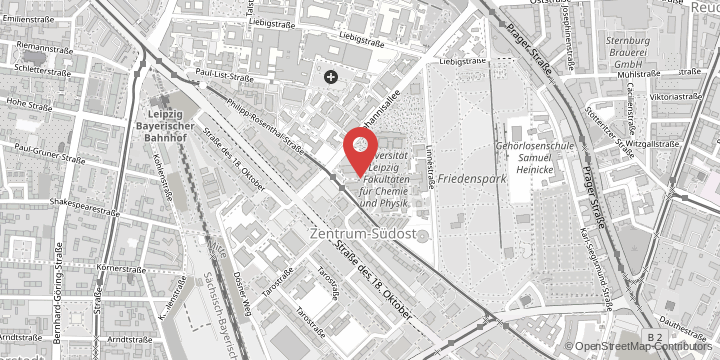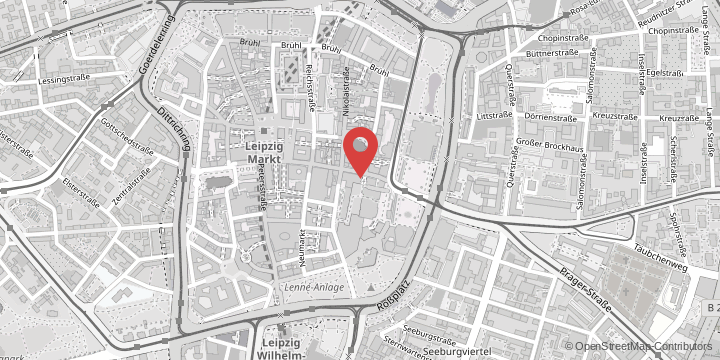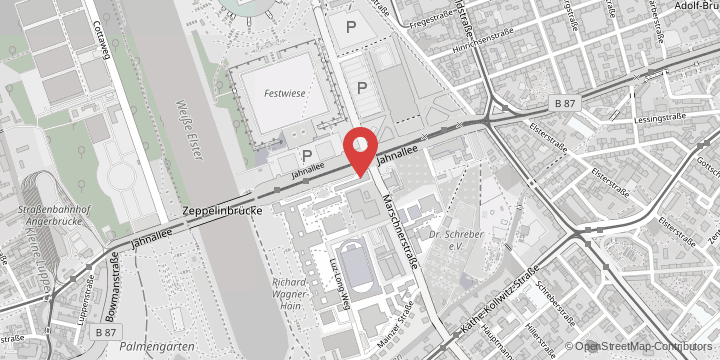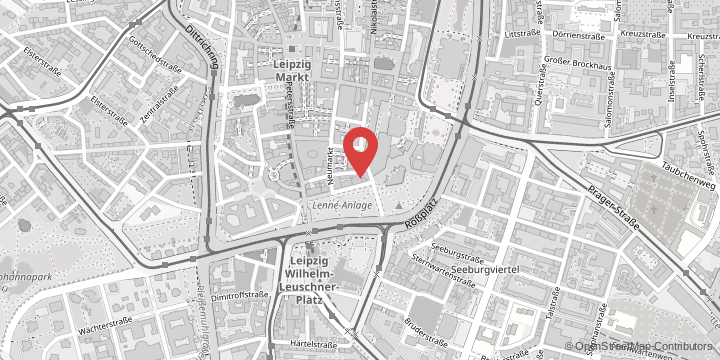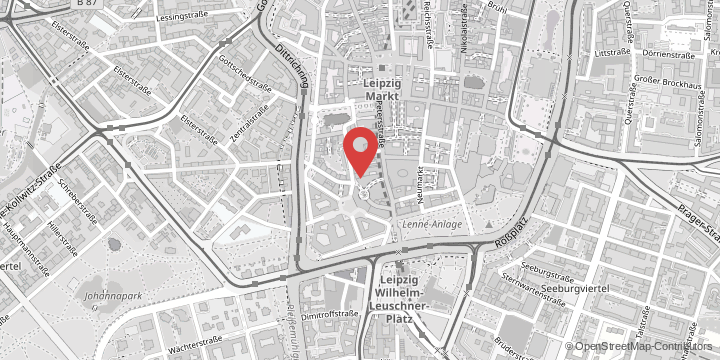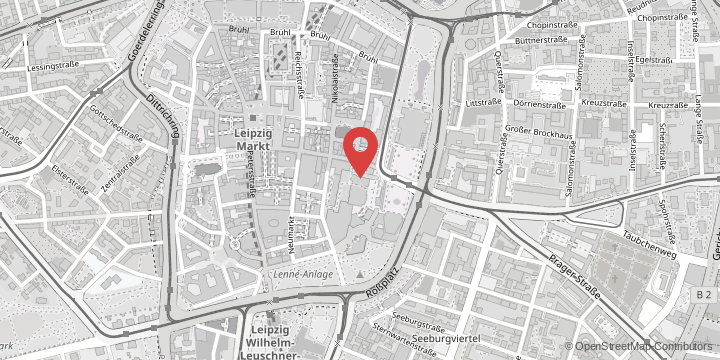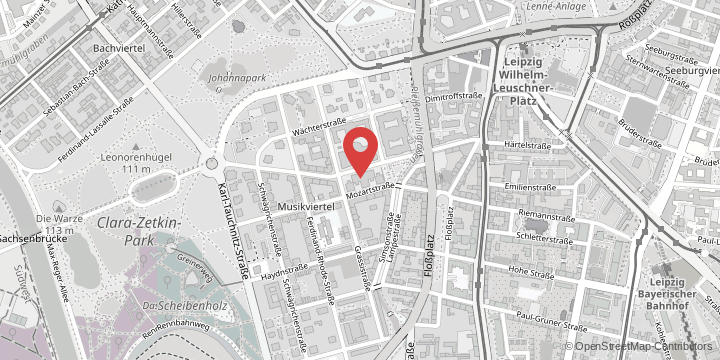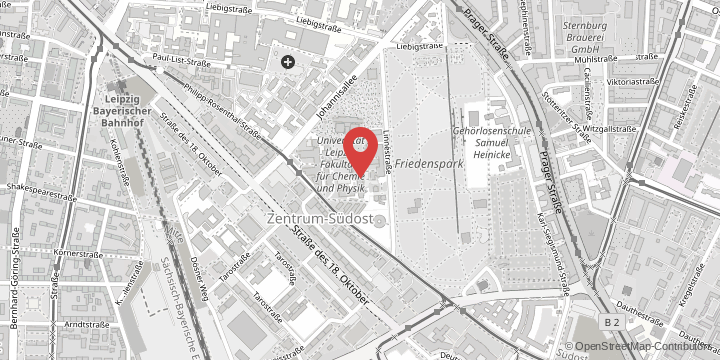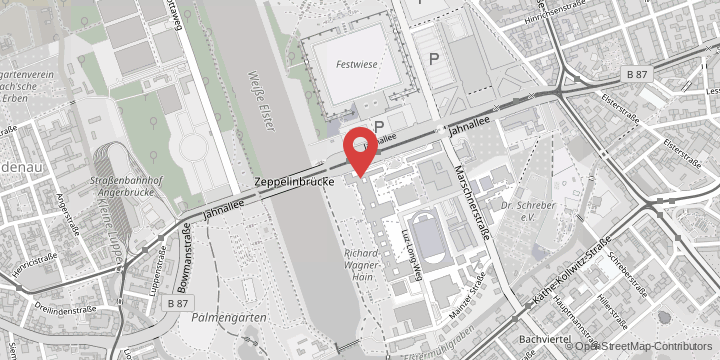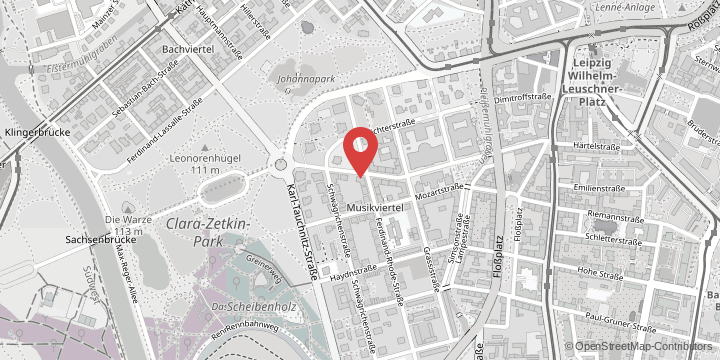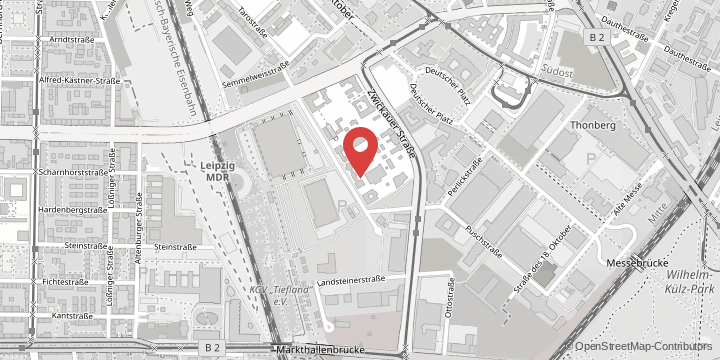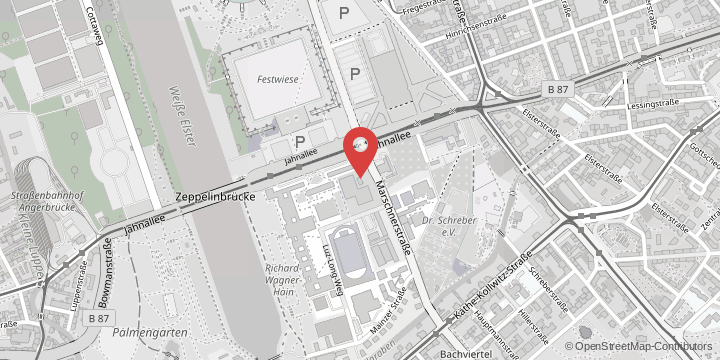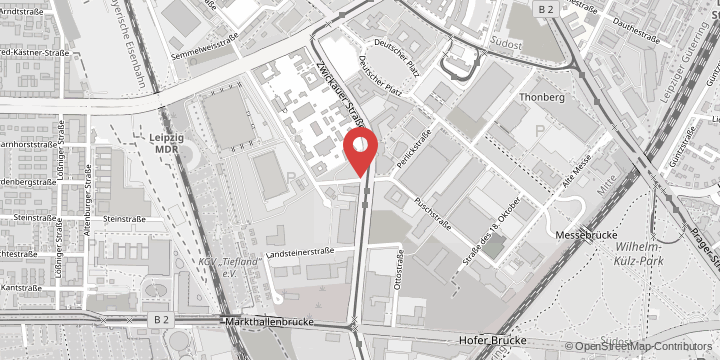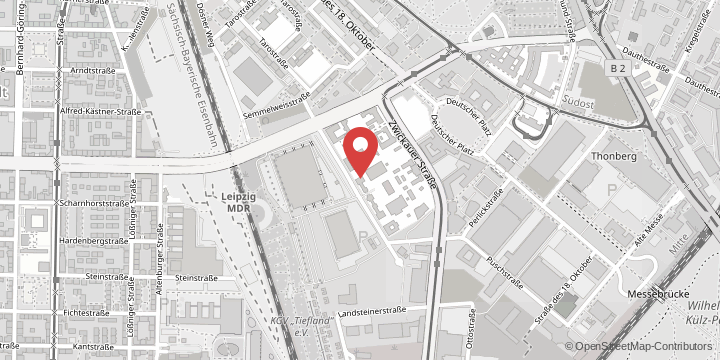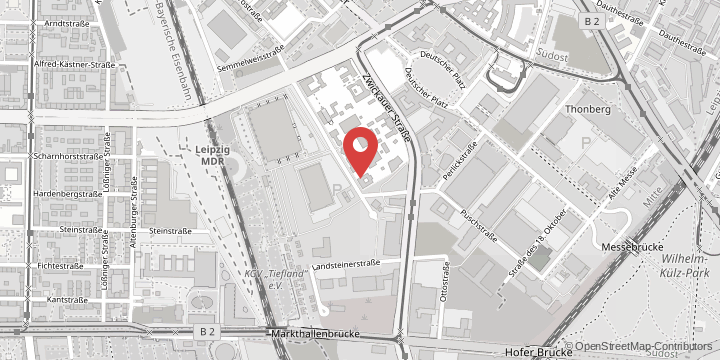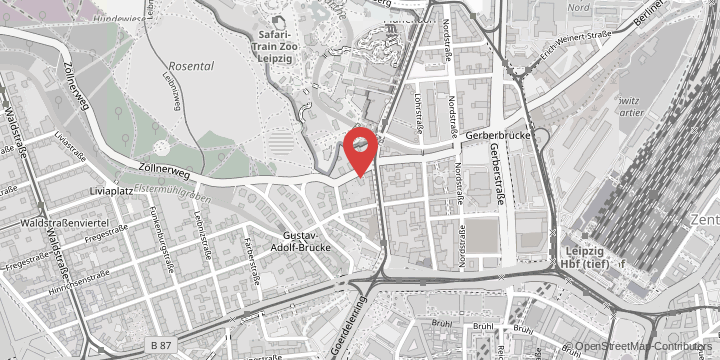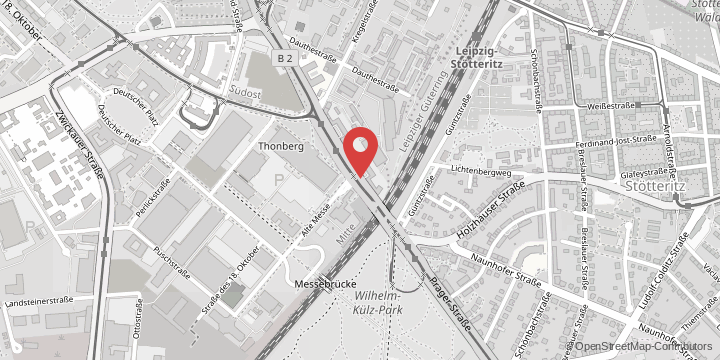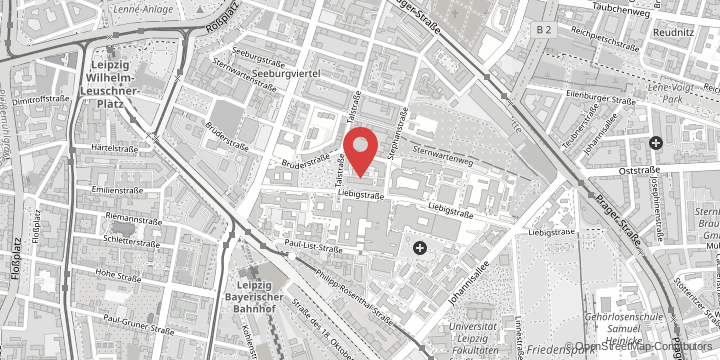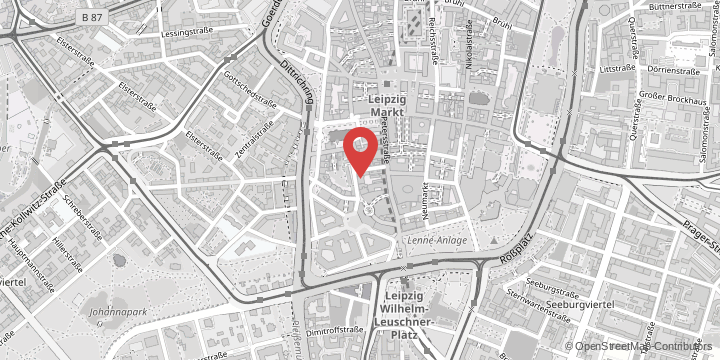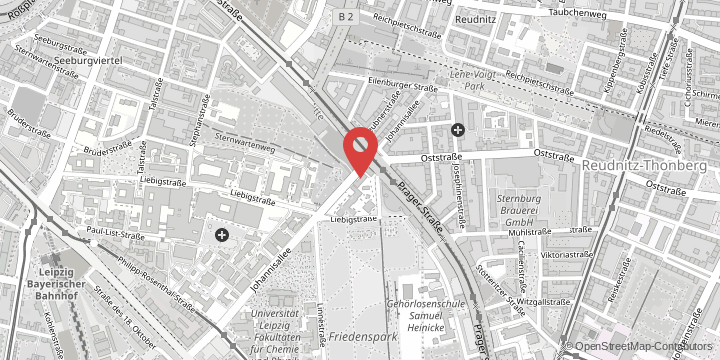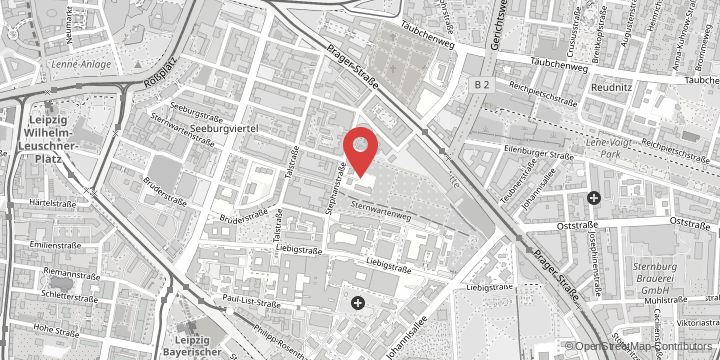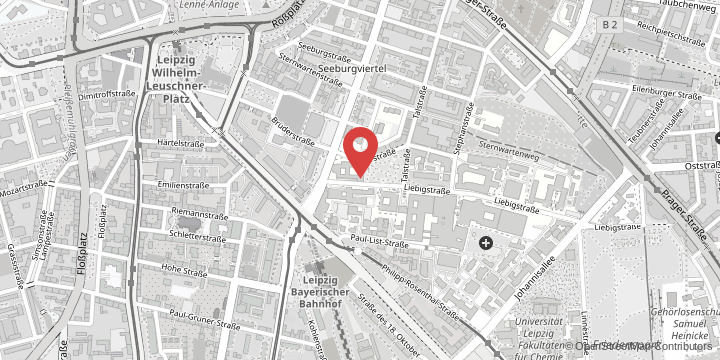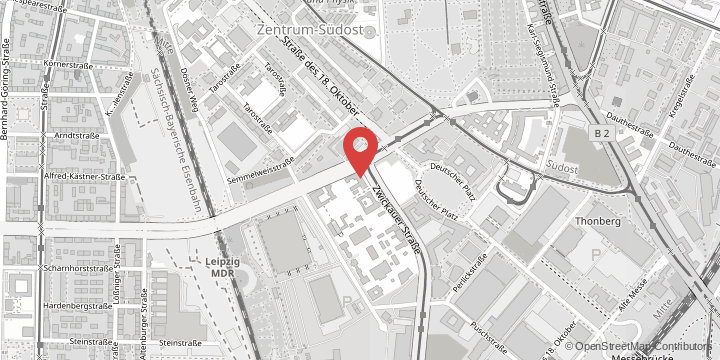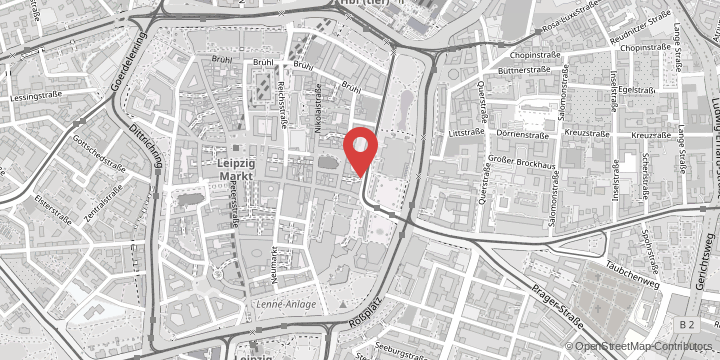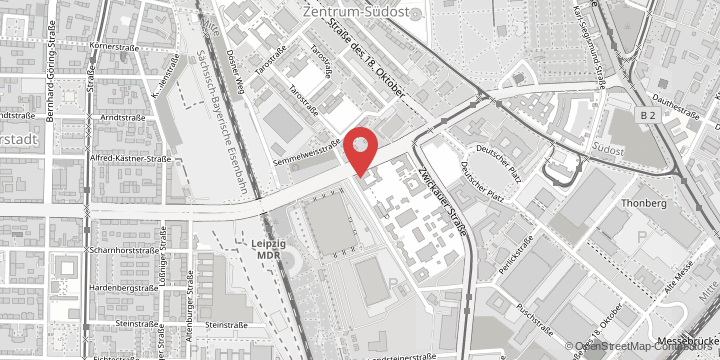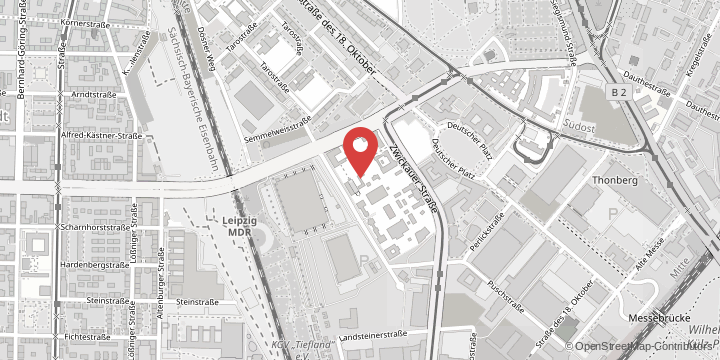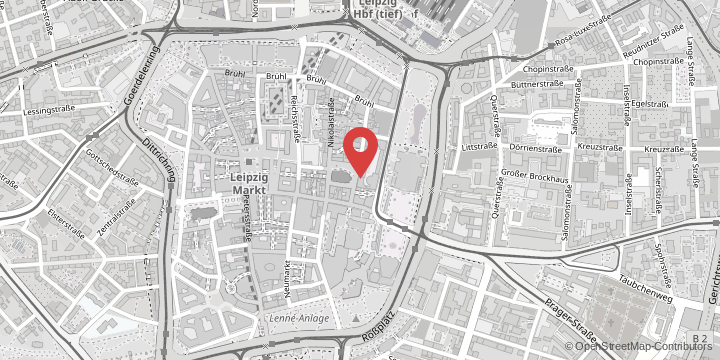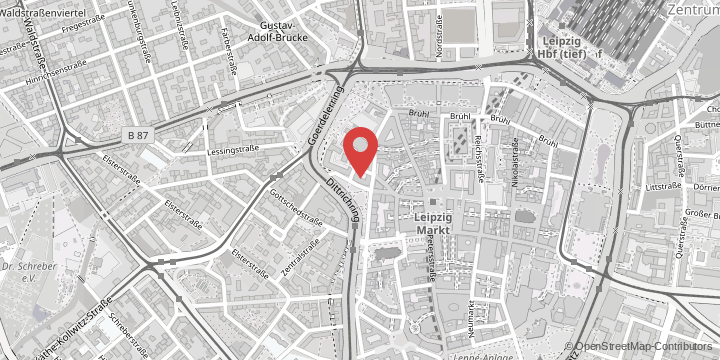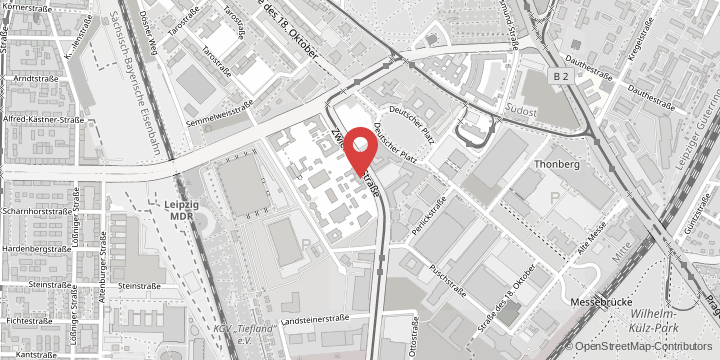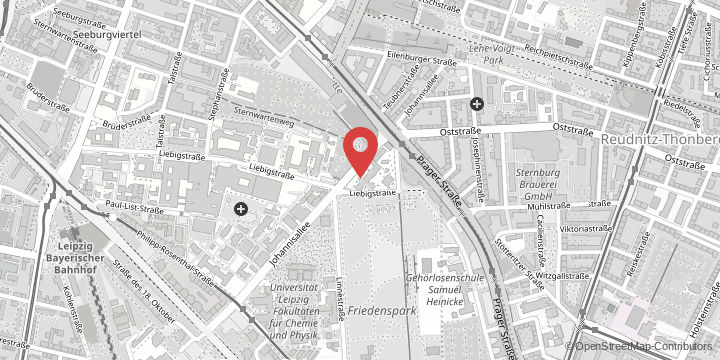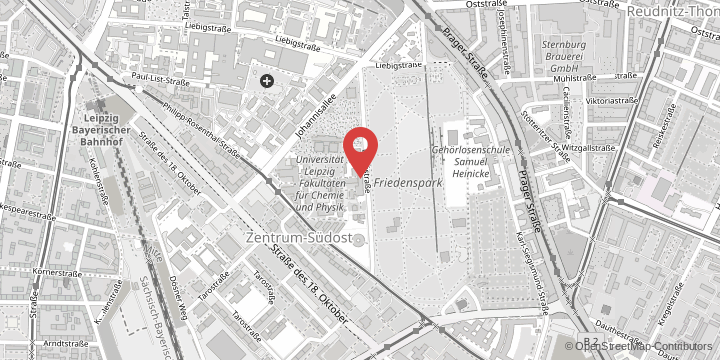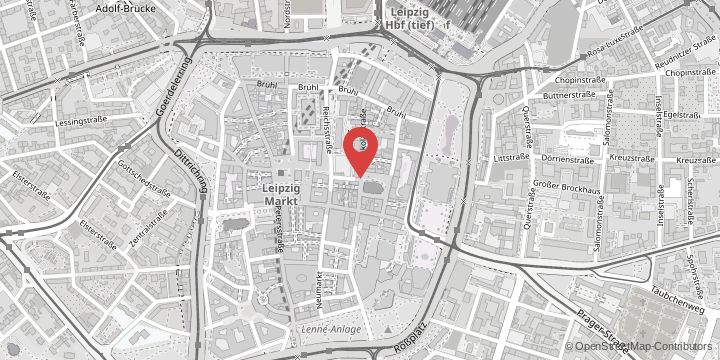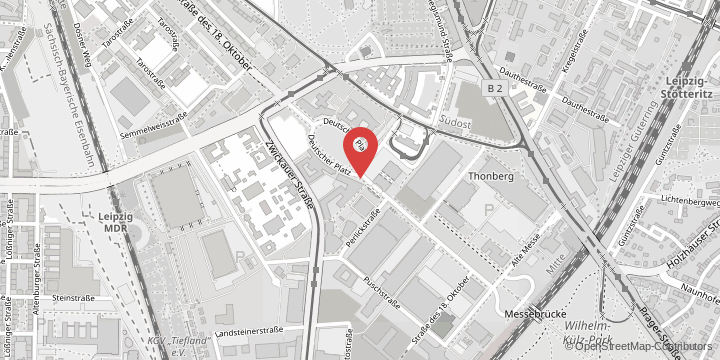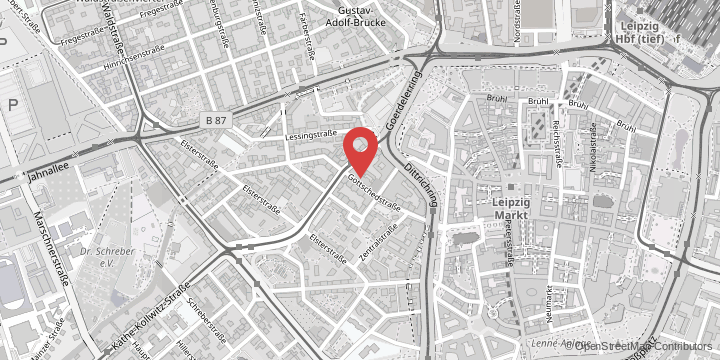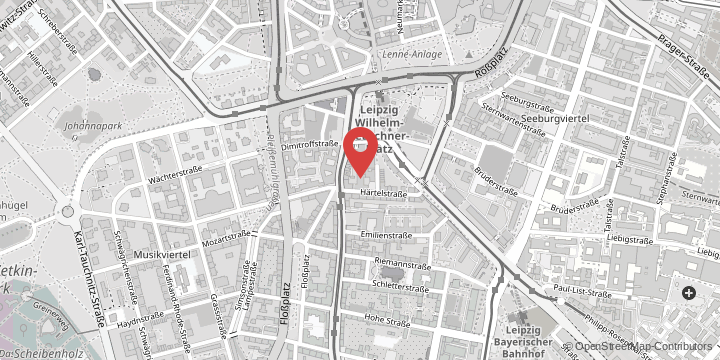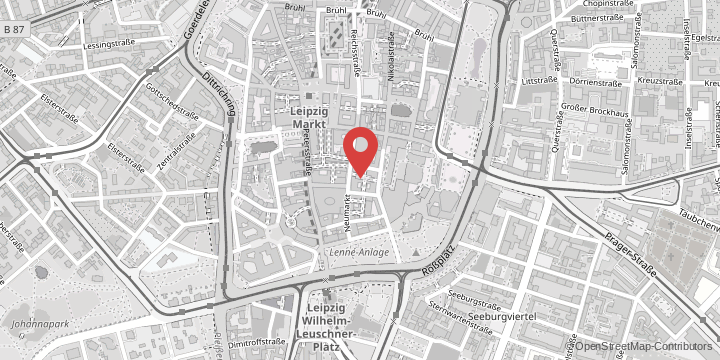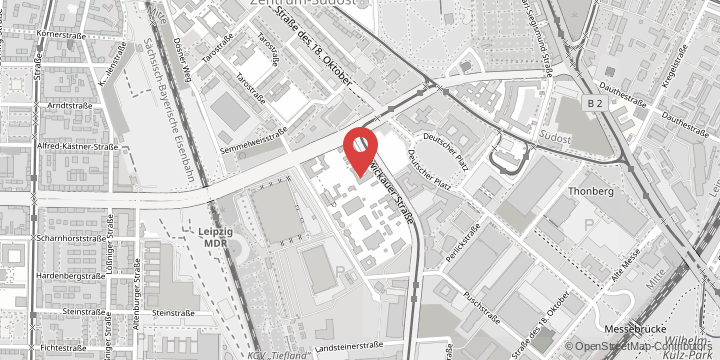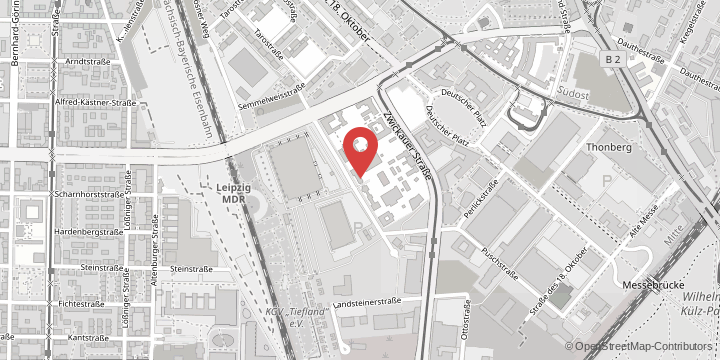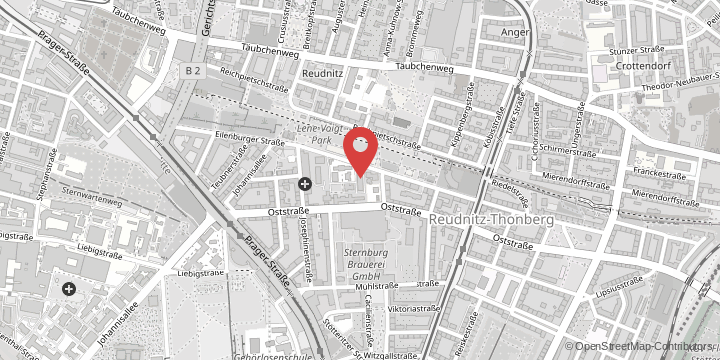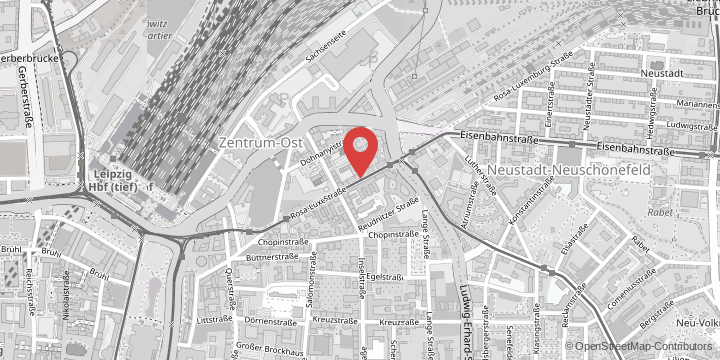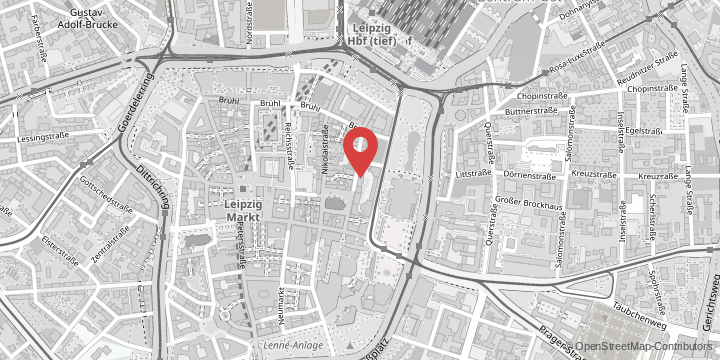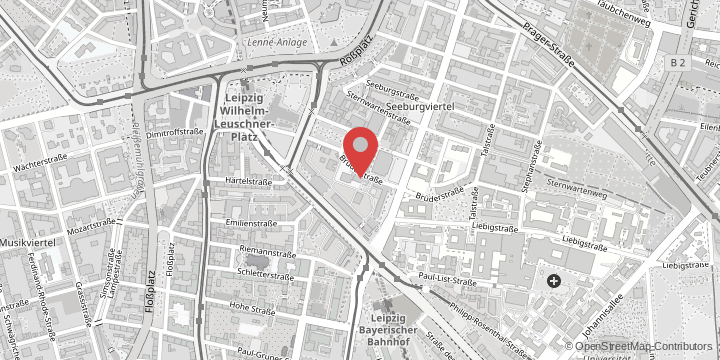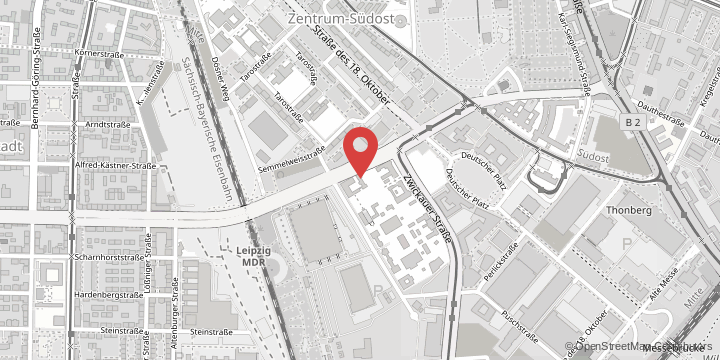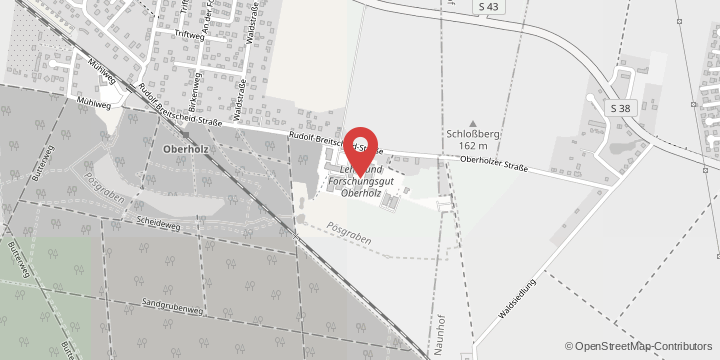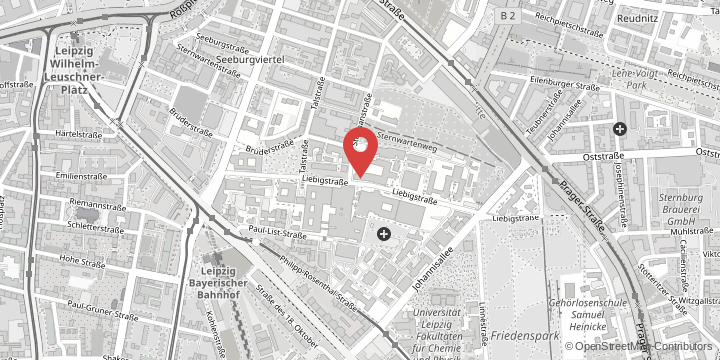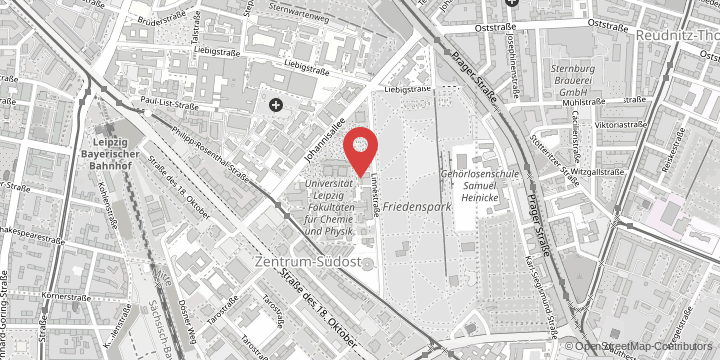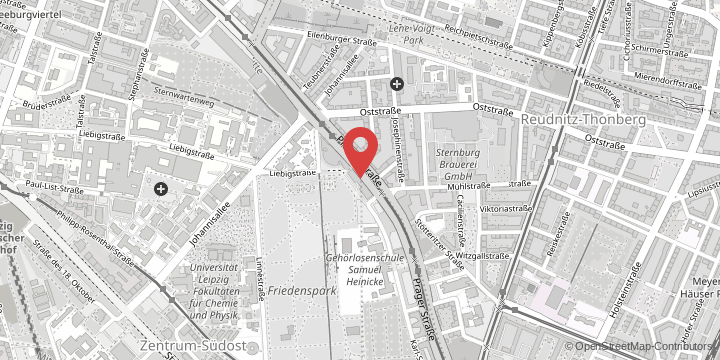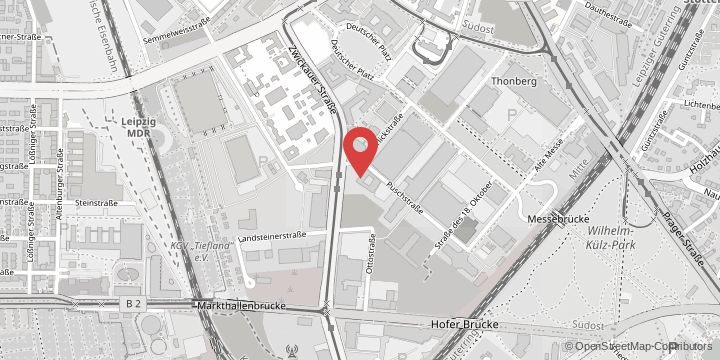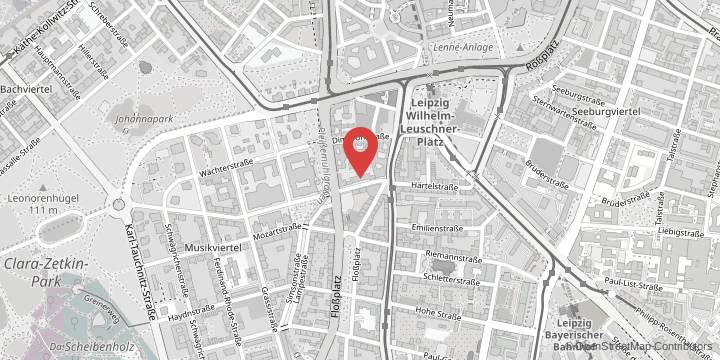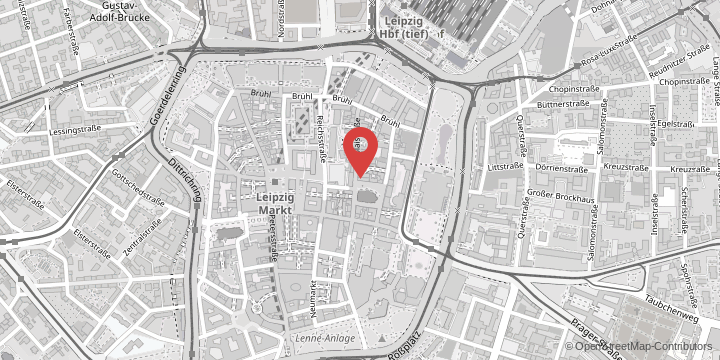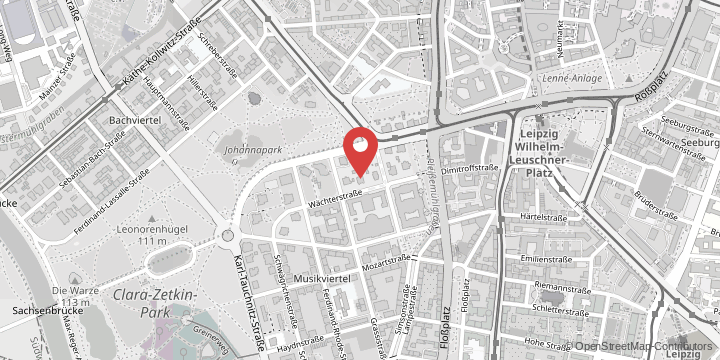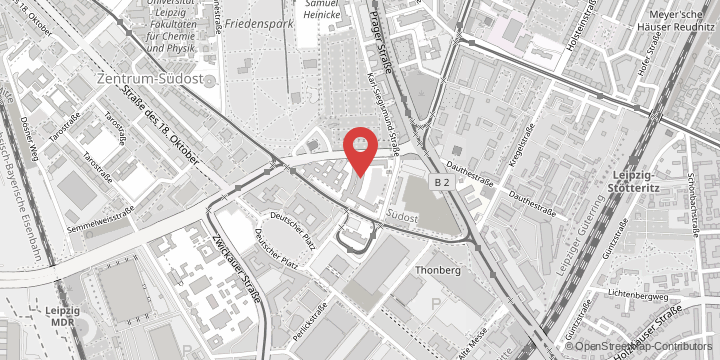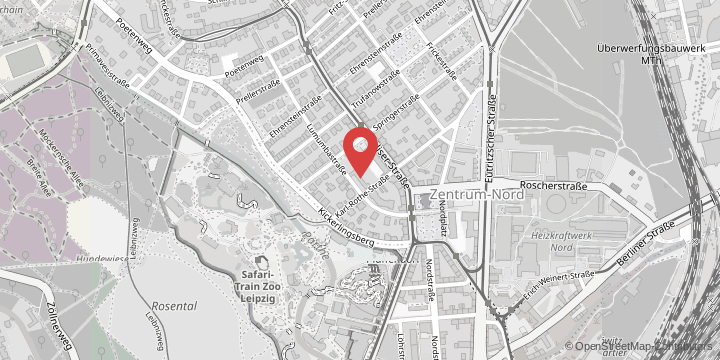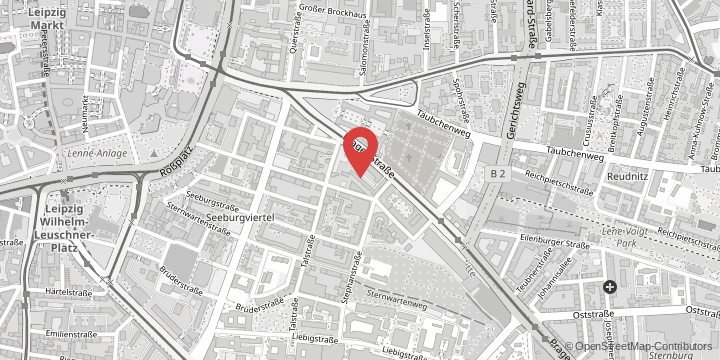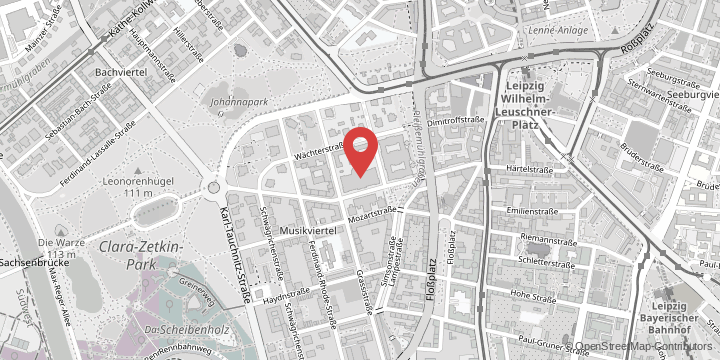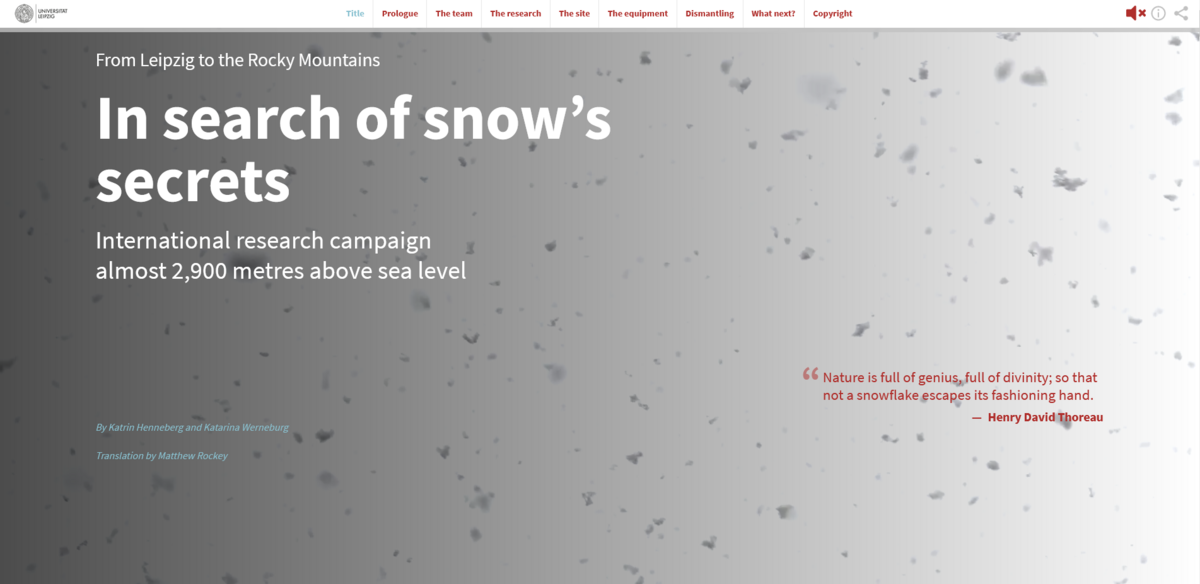What did you study – and where?
I’ve come full circle now because I started in Leipzig, where I studied meteorology.
What have been the key stages in your career since then?
In my dissertation at Johannes Gutenberg University Mainz, I used airborne passive radiation measurements to investigate how the shape of ice crystals influences the properties of cirrus clouds. I then “switched” from passive to active remote sensing and did my postdoctoral research at McGill University in Montreal, Canada, studying what cloud radar measurements can tell us about the dynamics of ice clouds. Afterwards, I returned to Leipzig. I spent the first three years at the Leibniz Institute for Tropospheric Research (TROPOS) investigating how cloud radar measurements can be used to derive information about mixed-phase clouds in which ice crystals and supercooled liquid water coexist. From April 2018 to June 2024, I then was a junior professor at the Institute for Meteorology (LIM) at Leipzig University, where I am now continuing my research.
What fascinates you about your field of research and what are your areas of specialisation?
I am fascinated by the wide variety of clouds and find it fascinating to learn more about them and their complexity every day. My research group focuses on using ground-based synergetic atmospheric remote sensing instruments to answer scientific questions about cloud formation and development, as well as about precipitation formation and the fate of precipitation below clouds. As our measuring instruments are mobile, we can study clouds in the most diverse regions of the world. Some of our field measurement campaigns have taken us to the Arctic, Patagonia, the trade-wind region of the Atlantic and the Rocky Mountains in the US, which has allowed us to study a wide variety of cloud types and precipitation types. Thanks to the measuring equipment available, in recent years we have also begun to research in the field of renewable energies. For example, we are investigating the extent to which shortest-term forecasts for the power generation capacity of wind farms can be improved if additional wind measurements from anemometers and wind Llidars are included in the forecasts. We are also interested in using our measuring instruments for new applications, for example, in the area of the interaction between climate change and biodiversity research.
